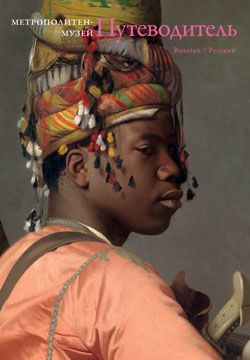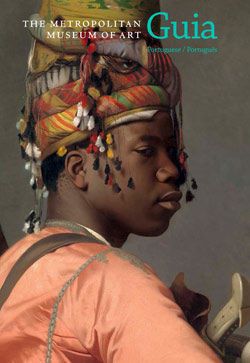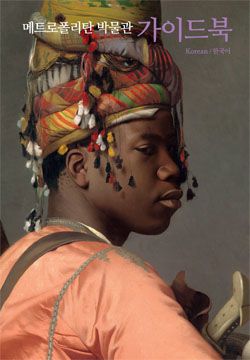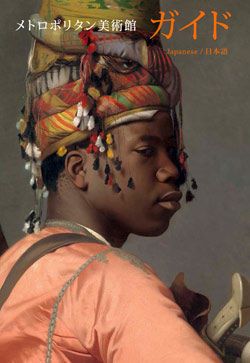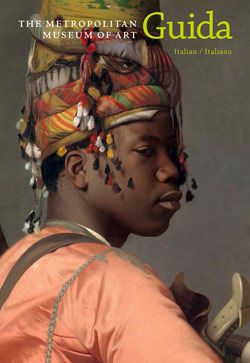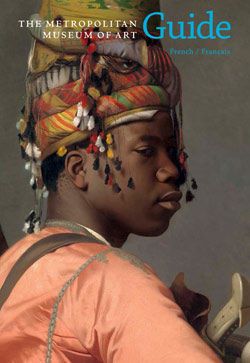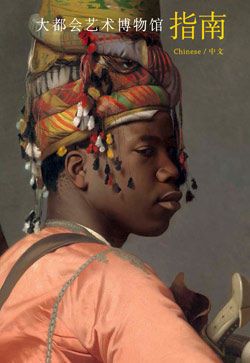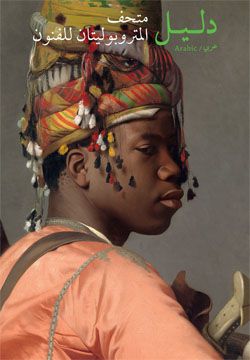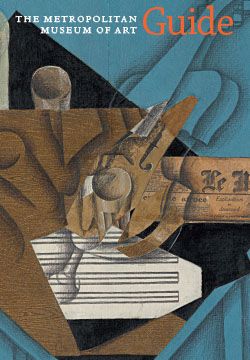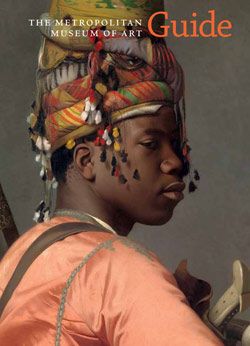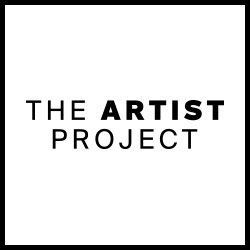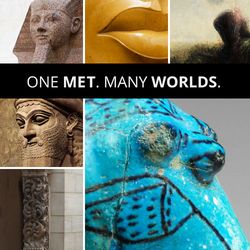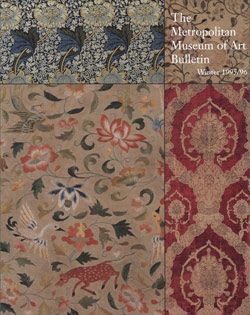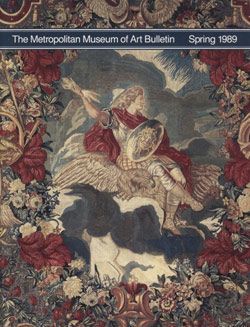Seasons and Elements (Air) (set of four)
Representing spring and summer, fire and air, these hangings (MMA 46.43.1-.4) were part of a larger set that must also have included the two missing seasons and elements. This series included portraits of Louis XIV, his mistress Françoise-Athénaïs de Rochechouart, marquise de Montespan (1641 – 1707 ), and six of their children, all shown as deities. The hangings were probably worked at the convent of the Filles de Saint-Joseph in Paris, which was under the patronage of Madame de Montespan, and where she retired in 1691. At this religious community, orphan girls were educated in the art of needlepoint, and a number of royal embroidery projects for use at Versailles were executed there, with the additional assistance of professional embroiderers. The Museum’s four panels are believed to have been commissioned by Madame de Montespan about the time the king transferred his affections from her to Françoise d’Aubigny, marquise de Maintenon (1635 – 1719 ), whom he was to marry in 1685.
The central medallion in the panel that symbolizes air (MMA 46.43.4) features the king himself in the guise of Jupiter, holding a thunderbolt and a shield emblazoned with the head of the Gorgon Medusa and seated on a large eagle against a backdrop of billowing clouds. Various birds, insects, and wind instruments are rendered around this medallion, while a sunburst is shown above and Juno with peacock below. The closeness of the depiction of Louis XIV to an image of the king painted on the ceiling of the Hall of Mirrors at Versailles by Charles Le Brun in 1683 – 84 makes it likely that the designs for the main figures in the set of hangings were supplied by his workshop; however, they may be the work of the painter François Bonnemer (1638 – 1689 ), who is known to have made cartoons after compositions by Le Brun. In 1685 Bonnemer provided designs for the embroidered seat covers of the benches and stools in the Hall of Mirrors at Versailles. The alentours, or decorative borders, full of delightful details, are believed to be by Jean Lemoyen le Lorrain, an artist little known today who worked in the circle of Le Brun.
The other embroideries are thought to depict three of Montespan’s children with the king: Louise-Françoise, Mademoiselle de Nantes (1673 – 1743 ), with flowers symbolizing Flora, or spring (MMA 46.43.1); Françoise-Marie, Mademoiselle de Blois (1677 – 1749 ), with wheat ears, as Ceres, or summer (MMA 46.43.2); and Louis-Auguste, duc de Maine (1670 – 1736 ), in armor, as Mars, or fire (MMA 46.43.3).
The compositions of the seasons include floral wreaths with the zodiac symbols for the appropriate months, while salamanders, torches, smoking braziers, and censers pertain to the element fire. The background of these rare surviving embroideries is worked in metal thread, now tarnished, which must have given them a sumptuous and shimmering appearance when they were first made. The hangings were documented in 1718 as in the collection of Louis-Alexandre, comte de Toulouse (1678 – 1737 ), the youngest child of Louis XIV and Madame de Montespan, at the Château de Rambouillet. During the nineteenth century they belonged to King Louis-Philippe and were hung at the Palais Royal, Paris.
[Daniëlle Kisluk-Grosheide, adapted from The Wrightsman Galleries for French Decorative Arts/Daniëlle Kisluk-Grosheide and Jeffrey Munger; New York: Metropolitan Museum of Art; New Haven: Yale University Press, 2010]
This image cannot be enlarged, viewed at full screen, or downloaded.
This artwork is meant to be viewed from right to left. Scroll left to view more.





